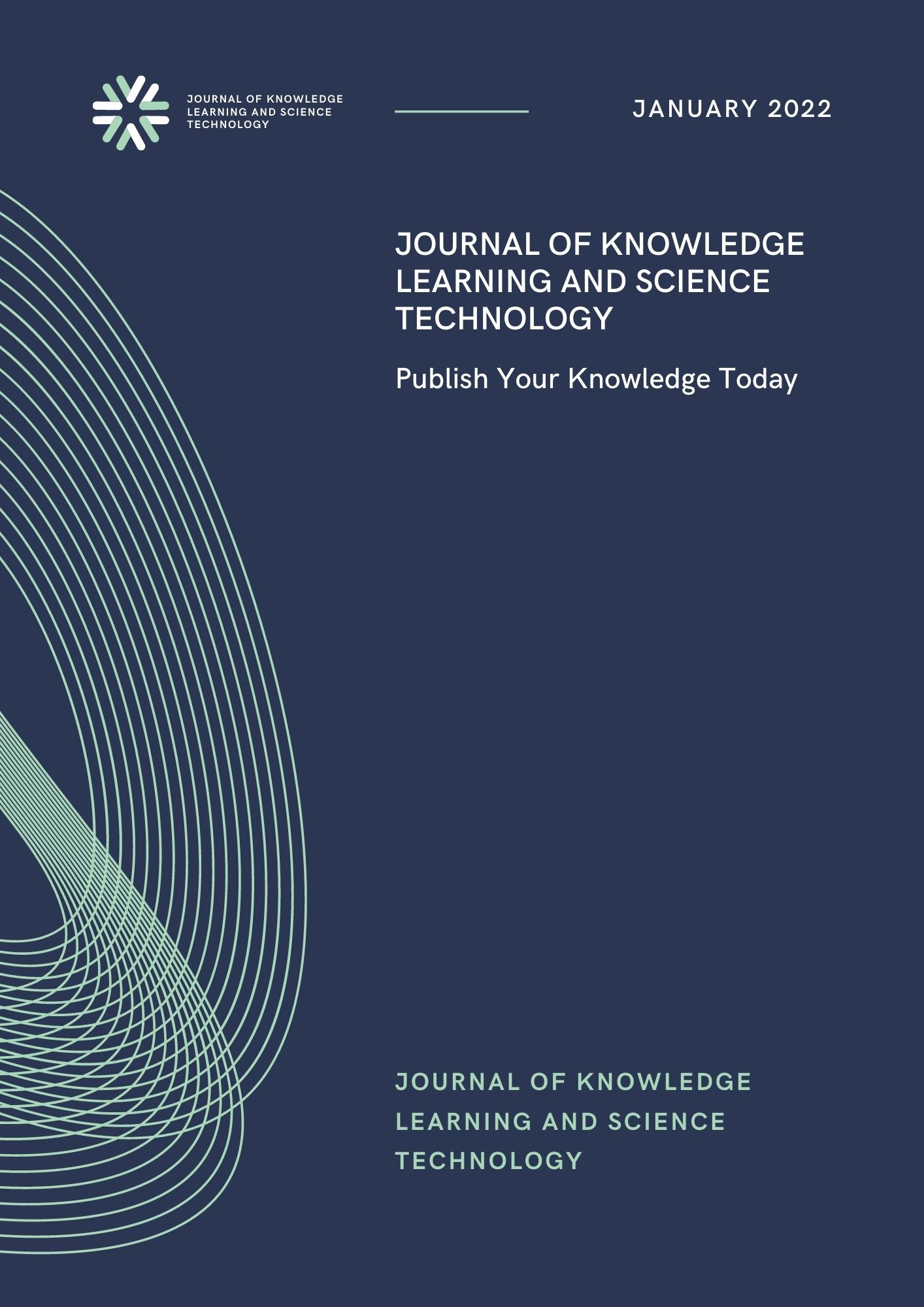Effect of Photoperiod Regimes on the Biological Traits of Parasitoid Habrobracon hebetor (Say) Rearing on Rice Moth Corcyra cephalonica (Stainton)
Main Article Content
Abstract
Harbobracon hebetor say (Hymenoptera: Braconidae) is a gregarious larval ectoparasitoid of several species of Lepidoptera that are associated with stored products. The present study addresses the effect of photoperiod of H.
Hebetor reared on the host C. cephalonica. The results revealed that the effect of photoperiod of H. hebetor reared host in C. cepholonica was not significantly varied. The highest percentage of parasitism (98.553%) was recorded in 08L:16D followed by 91.110% in 24L:00D photoperiod. 86.667% in 00L:24D respectively. However the photoperiod 12L:12D showed the lowest percentage 82.223% of parasitism. The highest percent of pupae formed and adult emergence of parasitoid H. hebetor was achieved (98.045%) for 00L: 24D and (98.923%) for 08L:16D photoperiod when reared on C.cephalonica. The highest number of larval production (86.33) was recorded for 00L:24 photoperiod and lowest was 20.67 for 12L:12D photoperiod. The result showed the highest adult male and female body, head width and wing span length in 08L:16D photoperiod when reared on the host C. cepholonica.
